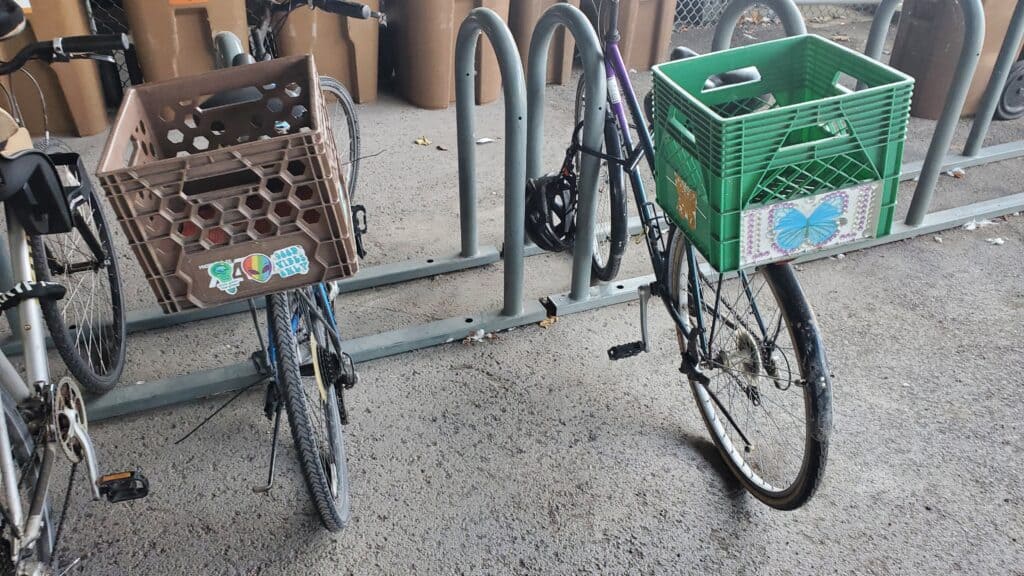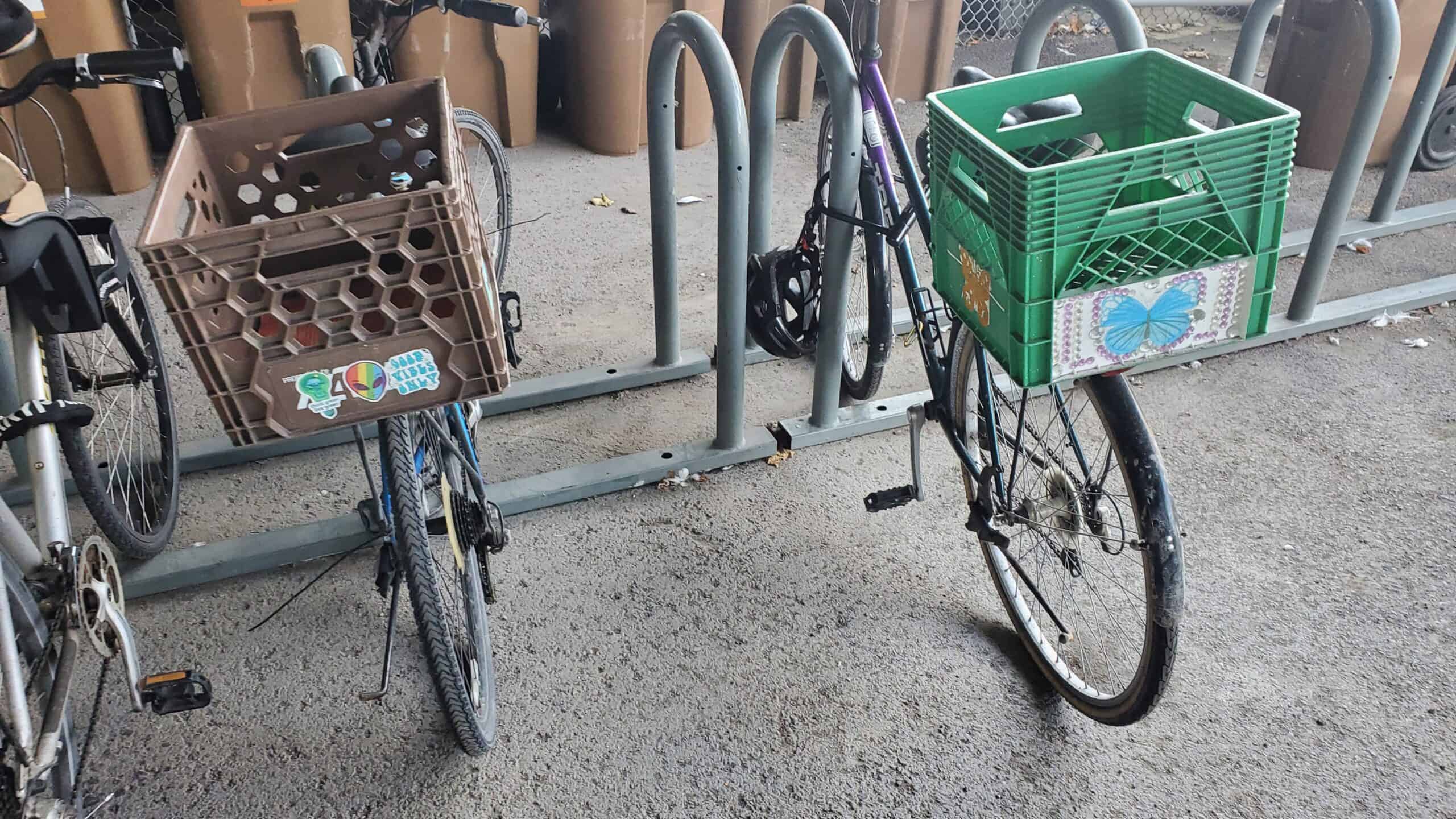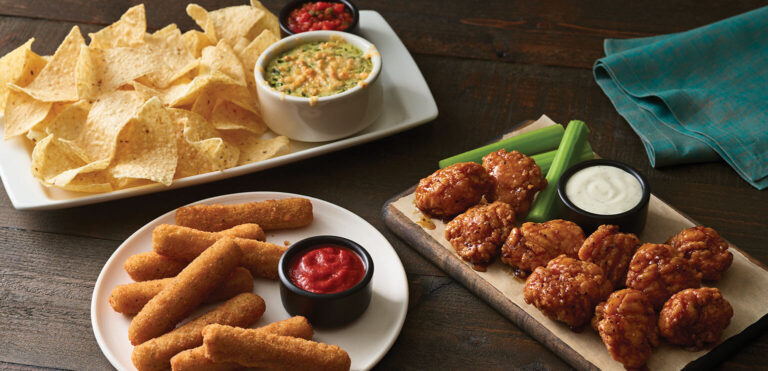Grocery Shopping Without a Car
In today’s fast-paced world, owning a car is often seen as a necessity. But what if you don’t have one?
You may also like:
In this article, we’ll explore the tips and tricks for successfully shopping for groceries without a car.
We’ll cover everything you need to know to make your grocery shopping experience as efficient and enjoyable as possible.
Let’s start by looking at some interesting statistics:
1. In the United States, as of 2019, about 8.7% of households did not have access to a car, according to the U.S. Census Bureau. (Fool)
2. In Norway, private car driving has been the primary mode of transport for retail and service trips, with grocery shopping accounting for over 60% of such travels. (European Transport Research Review)
How to go grocery shopping without a car: Transportation options
1. Walking for grocery shopping
Preferred users:
When I was living within walking distance of the store, this was my best option to do my grocery shopping.
I’d plan my shopping trip strategically to buy what’s urgently needed first. I either carried my groceries in reusable bags in my hands or used a backpack.
This way of carrying groceries is good only if you have items that are not heavy. For heavy things, you will have to use a shopping cart.
Below is a suggested list of alternatives to carry groceries efficiently:
- 1. Reusable Shopping Bags: Invest in sturdy and eco-friendly reusable shopping bags. Most grocery stores like Costco and Walmart sell them at an affordable price.

- 2. Backpack: Use a large backpack with multiple compartments to distribute the weight of groceries evenly and make it easier to carry them on your back.
- 3. Trolley or Wheeled Cart: Consider using a foldable shopping trolley to transport groceries, especially for larger shopping trips.
Even if you decide to use another means of transportation, the above-mentioned tips will be handy.
2. Cycling: How do you use a bike to get groceries?

Preferred users:
I haven’t used a bike myself to do my grocery shopping, but I have neighbors who use bikes for their grocery shopping.
Recommended Gear for Carrying Groceries on a Bike
- 1. Rear Rack and Panniers: A rear rack attached to your bike provides a sturdy platform for pannier bags. These side bags offer ample space for groceries and distribute the weight evenly, ensuring a stable ride.
- 2. Front Basket: For smaller trips, a front-mounted basket is a charming and practical option. It keeps essentials within arm’s reach and adds a touch of whimsy to your journey.
- 3. Cargo Trailer: Ideal for larger hauls, a cargo trailer hooks onto your bike, allowing you to carry substantial loads comfortably. These trailers are versatile and can be detached when not in use.
- 4. Bungee Cords and Cargo Nets: Keep your groceries secure with bungee cords or cargo nets. These accessories prevent items from shifting during the ride.
- 5. Reusable Bags: Familiar companions in the world of sustainable living, reusable bags can be draped over your handlebars or attached to the rear rack.
3. Grocery shopping by public transportation
Preferred users:
I cannot remember how many times I have used the bus to carry my groceries.
Unlike those who prefer buying groceries in bulk, I’ve embraced a different approach.
I make frequent stops at the grocery store, often on my way home from work, purchasing only what I need for the day.
Occasionally, I treat myself to a visit to a favorite grocery store that requires a metro ride.
In these instances, I expand my shopping capacity slightly by bringing along both a small backpack and an additional bag.
Tips for shopping with public transit
You can carry groceries in the same way you would carry it on foot. Below are a few tips.
- Consider more frequent, smaller shopping trips.
- Space and accessibility: Some public transportation offers designated areas for stashing bags, whether under seats or in specialized compartments. You can even secure a neighboring seat if circumstances permit.
- Avoid rush hour: If possible, plan your shopping trips during quieter times to avoid crowded buses or trains.
4. Taxi for grocery shopping
Preferred users to get groceries with a Taxi, Uber, or Lyft :
Sometimes you are in a situation where you have no other choice than to call a taxi or Uber.
In this situation, you just need a phone to call a local taxi service.
Most stores have taxis waiting outside or have a list of taxis they recommend with their phone number. Usually, this is pasted on the wall near the exit in the case of Walmart.
Alternatively, you can use Uber or Lyft if you have their app on your phone.
Here are some tips for using an Uber ride for grocery shopping:
- Plan Ahead: Make a shopping list before requesting an Uber ride to ensure you’re organized and efficient during your trip.
- Choose Off-Peak Times: Request your Uber ride during non-peak hours to avoid traffic and potential surge pricing.
- Select the Right Vehicle: Opt for a larger Uber vehicle like an Uber XL if you anticipate buying a lot of groceries.
- Communicate with the Driver: Let your driver know that you’ll have groceries so they can prepare for any extra time required.
- Use Reusable Bags: Pack your groceries in reusable bags to make them easier to carry and organize inside the vehicle.
- Consider Temperature-sensitive Items: If you’re buying perishable items, bring a cooler bag to keep the groceries cool.
- Be Mindful of Space: Arrange groceries in a way that maximizes space in the car and ensures items won’t get damaged during the ride.
- Rate and Tip: If you had a positive experience, don’t forget to rate your driver and leave a tip as a token of appreciation.
5. Order groceries through delivery services
Online grocery delivery services are becoming common.
Some are offered by the stores themselves while others are by food delivery services.
Grocery delivery services or apps include Instacart, Shipt, FreshDirect, Amazon Fresh, Walmart+, Hungryroot just to name a few.
Here’s a general overview of how these services typically operate:
1. Online Ordering: You will have to visit the website or app of the grocery delivery service.
Next, you browse through a digital catalog of products, which is organized into categories like produce, dairy, meats, pantry items, and more.
You can add desired items to their virtual shopping cart.
2. Account Creation: If you are a new customer, you may need to create an account on the platform.
This involves providing personal information such as name, contact details, and delivery address.
Some platforms also offer guest checkout options.
3. Delivery Selection: Here you choose whether you want the groceries delivered to your home or any other designated location (curbside pickup).
Then you select a date and time slot that suits your schedule.
4. Cart Review and Modification: Before proceeding to checkout, customers review their cart to ensure they’ve added all the items they need.
They can adjust quantities, remove items, or add more products as necessary.
5. Coupons and Discounts: Many platforms allow customers to apply coupons or promotional codes to their orders to save money.
6. Payment: At checkout, you will provide your payment information.
Most platforms accept credit/debit cards, and some may support digital payment options like Apple Pay or Google Pay.
7. Order Confirmation: Once the order is placed, you receive an order confirmation via email.
This confirmation includes details about the order and any other relevant information.
8. Order Preparation: The grocery delivery service sends the order to a local store that fulfills the order by picking the items from their shelves.
9. Delivery Process: A delivery person is assigned to pick up the order from the store and deliver it to your specified address.
Some services provide real-time tracking so customers can monitor the progress of their delivery.
10. Receiving the Order: Upon receiving the groceries, you should carefully inspect the items to ensure they match your order and are in good condition.
11. Customer Support: If there are any issues with the order, such as missing or damaged items, you can reach out to the grocery delivery service’s customer support for assistance and resolution.
12. Feedback and Reviews: Many platforms encourage customers to provide feedback and reviews to help improve the service and assist other shoppers in making informed decisions.
What Do You Think?
Which method do you use for your grocery shopping without a car?
Let me know by leaving a comment below right now.





